“The Convergence of NFTs and DApps“
The intersection of nonfungible tokens (NFTs) and decentralized applications (DApps) creates an ecosystem that combines digital ownership, decentralized finance, and programmable assets to provide innovative solutions across various industries. Even though they have different functions, NFTs and DApps can work together to enhance each other in several ways.
NFTs can signify ownership or access privileges for both real and digital assets in DApps, using standards such as ERC-721 or ERC-1155. One prominent use of NFTs in gaming DApps is to represent in-game assets, which can then be bought, sold, or traded on secondary markets. This allows for genuine ownership and increases compatibility across virtual worlds or games. DApps made for creating, managing, and trading digital valuables have become popular due to the rise of NFTs. Tokenizing their creations enables artists and content creators to produce unique digital assets that consumers can purchase, sell, and own, creating new opportunities for both creators and collectors.
Smart contracts add to the synergy between DApps and NFTs by automating various NFT-related tasks, which enhances their usefulness and functionality in decentralized applications. The programmable nature of smart contracts enables a wide range of NFT-related activities, including content licensing, royalty distribution, and the implementation of dynamic features within the NFTs themselves.
“What are NFT DApps?“
NFT DApps are blockchain-based applications that integrate nonfungible tokens, enabling users to create, purchase, sell, and trade original digital products like artwork, collectibles, and in-game items. These apps empower artists, gamers, and content creators by utilizing the transparency and security of blockchain technology to transform ownership.
“Types of NFT DApps“
Art and collectibles platforms, gaming and virtual worlds, virtual real estate, and marketplaces are some of the diverse types of NFT DApps available. Each platform tailored to different digital and blockchain needs, allowing artists to tokenize their works, gamers to trade in-game items, users to buy, sell, and trade virtual real estate, and artists and producers to create and present their NFTs to a global audience.
“Decentralized finance (DeFi) and NFT collateral“
In addition to the creative realm, NFTs have found applications in decentralized finance (DeFi). DApps such as Aavegotchi and Rarible explore integrating NFTs as collateral within DeFi protocols, offering new possibilities at the nexus of digital ownership and decentralized finance.
“Steps to create and launch an NFT DApp“
Creating an NFT DApp involves defining the concept, choosing the blockchain, setting up the development environment, developing smart contracts, integrating a wallet, implementing minting functionality, incorporating features for buying, selling, and trading, testing, and deploying the NFT DApp, launching and marketing.
“Challenges to creating and launching an NFT DApp“
Developing and launching an NFT DApp present challenges such as technical scalability, ensuring security for smart contracts, and standing out in a saturated market where several NFT DApps are competing for users.
“Hot Take: The Future of NFT DApps in a Rapidly Growing Ecosystem“
The future of NFT DApps appears bright within the rapidly growing ecosystem, with potential applications expanding beyond traditional sectors and into innovative ownership forms. As the technology continues to evolve, NFT DApps will likely play a central role in shaping the digital economy, offering new opportunities for artists, gamers, and content creators while further bridging the gap between digital ownership and decentralized finance.

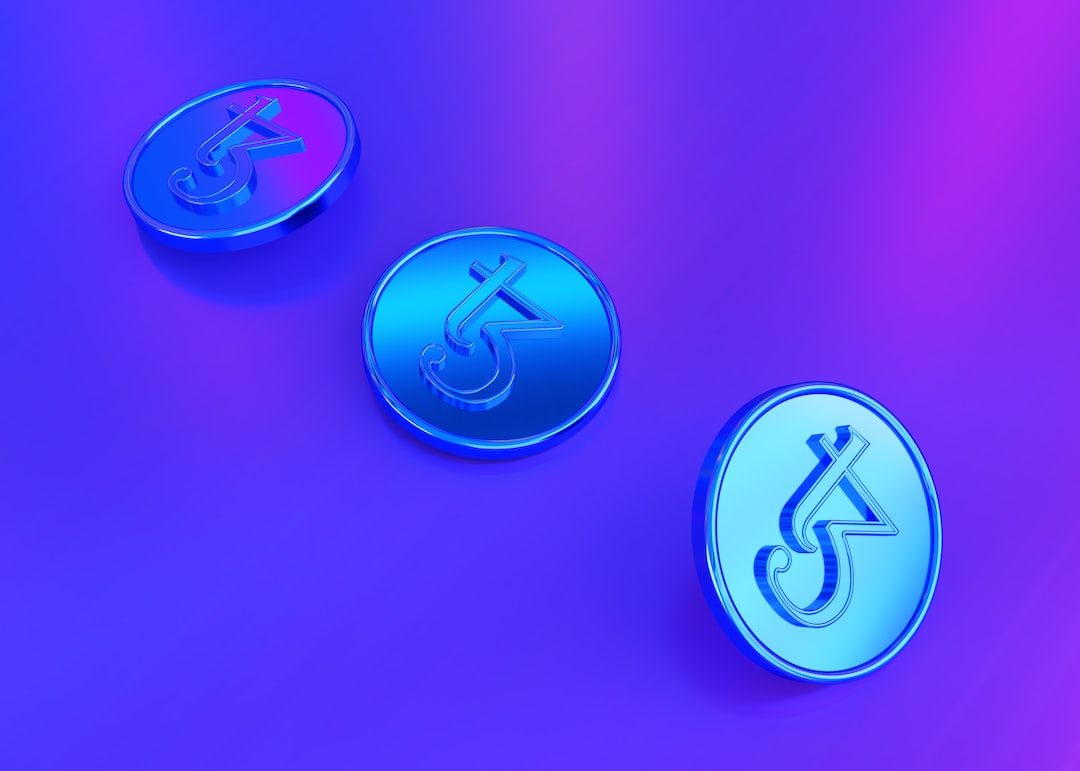
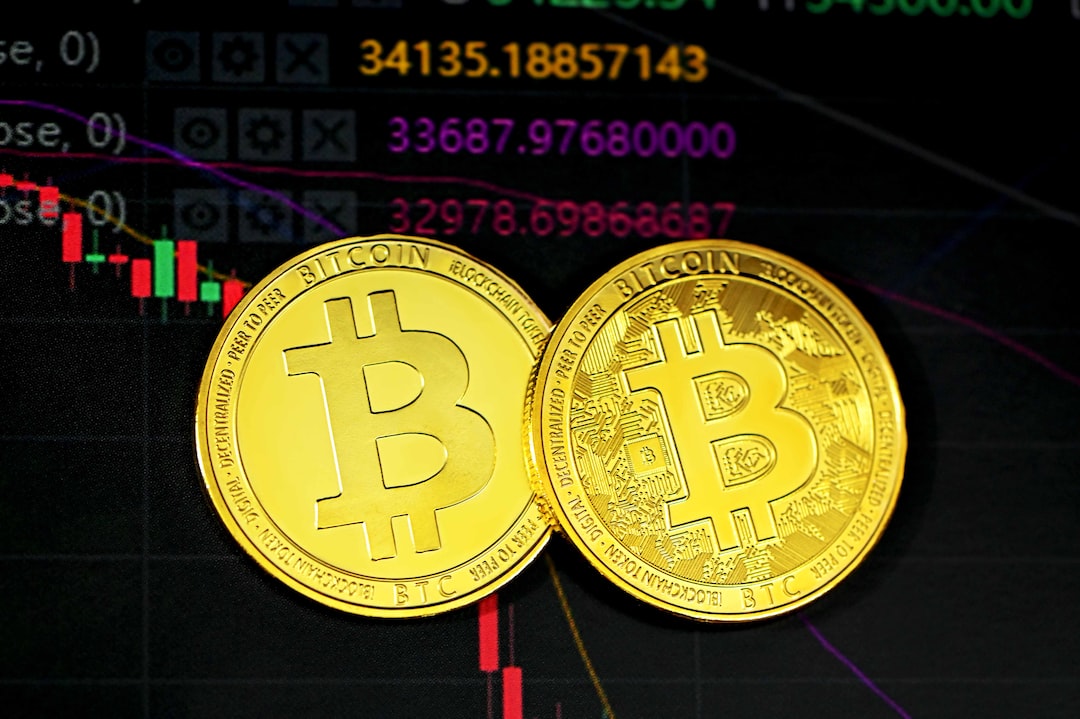
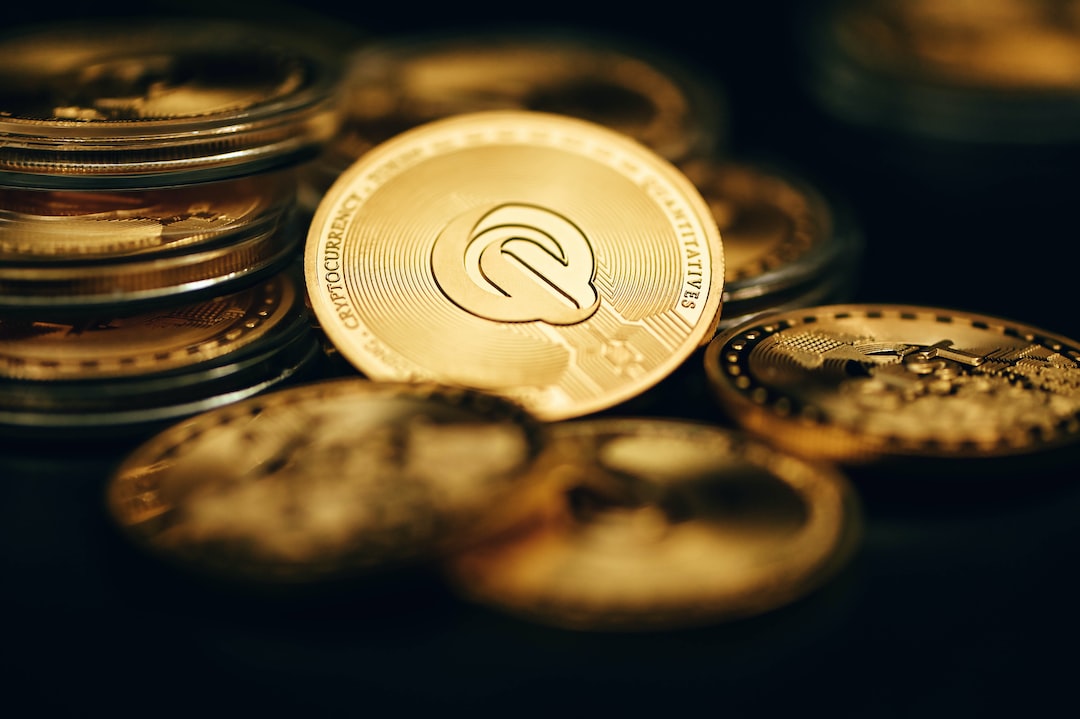
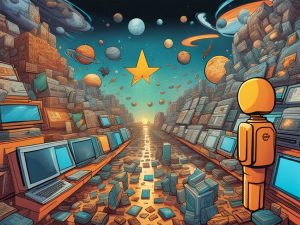
 By
By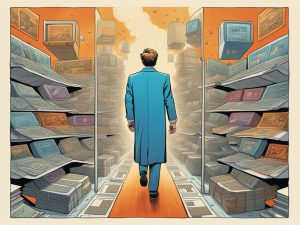
 By
By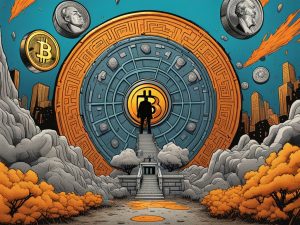
 By
By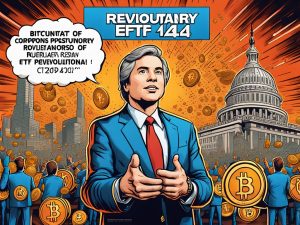
 By
By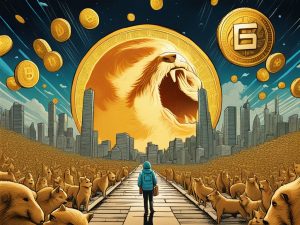
 By
By